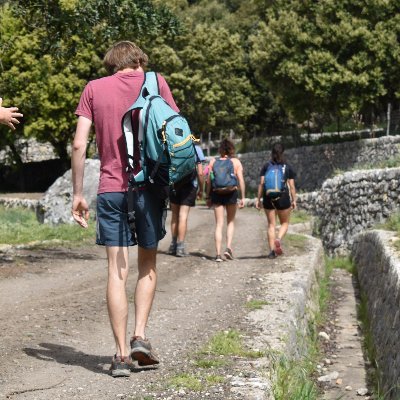American Cultural Regions Mapped through the Lexical Analysis of Social Media
Published: March 30, 2023
Authors: , Bruno Gonçalves, José J. Ramasco, David Sánchez, Jack Grieve
Cultural areas represent a useful concept that cross-fertilizes diverse fields in social sciences. Knowledge of how humans organize and relate their ideas and behavior within a society can help us to understand our actions and attitudes toward different issues. However, the selection of common traits that shape a cultural area is somewhat arbitrary. What is needed is a method that can leverage the massive amounts of data coming online, especially through social media, to identify cultural regions without ad-hoc assumptions, biases, or prejudices. This work takes a crucial step in this direction by introducing a method to infer cultural regions based on the automatic analysis of large datasets from microblogging posts. The approach presented here is based on the principle that cultural affiliation can be inferred from the topics that people discuss among themselves. Specifically, regional variations in written discourse are measured in American social media. From the frequency distributions of content words in geotagged tweets, the regional hotspots of words’ usage are found, and from there, principal components of regional variation are derived. Through a hierarchical clustering of the data in this lower-dimensional space, this method yields clear cultural areas and the topics of discussion that define them. It uncovers a manifest North–South separation, which is primarily influenced by the African American culture, and further contiguous (East–West) and non-contiguous divisions that provide a comprehensive picture of modern American cultural areas.
Citation: Louf, T., Gonçalves, B., Ramasco, J.J., Sánchez, D., Grieve, J. (2023). American cultural regions mapped through the lexical analysis of social media. Humanities and Social Sciences Communications, 10(1), 1–11. doi:10.1057/s41599-023-01611-3
